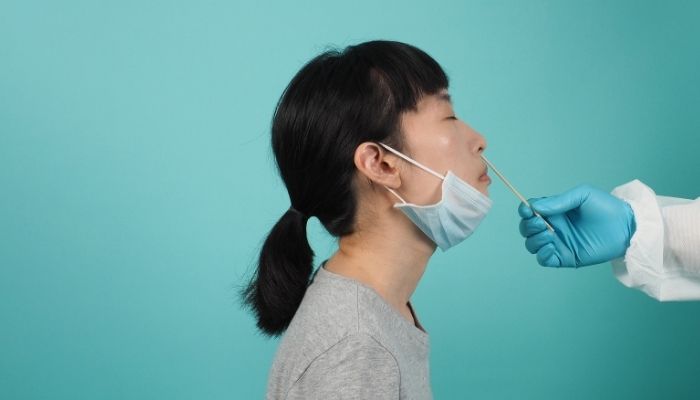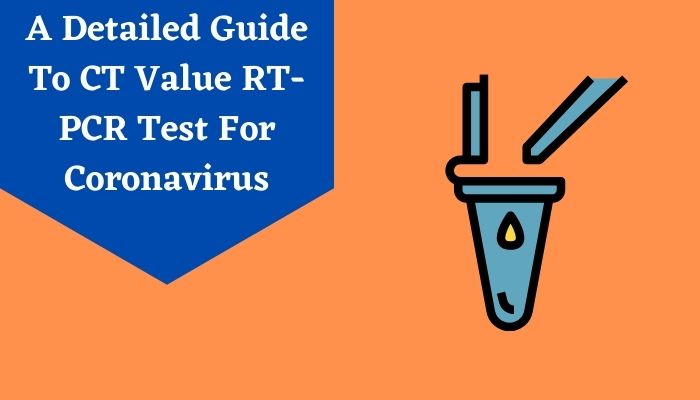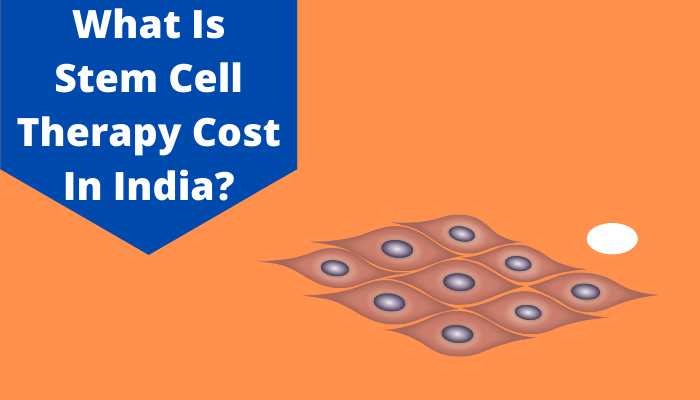A Detailed Guide To CT Value RT-PCR Test For Coronavirus
Mr. Charanjit Singh (52-years-old) lives in Kolkata with his wife. Mr. Charanjit. He purchased a health insurance policy for both of them a few years ago so that they can stay protected and secure against various diseases. Mr. Charanjit was diagnosed with the COVID-19 in December 2021 and his CT value COVID was 24. He was confused about what is this CT value and whether or not he needed to be hospitalized, as he didn’t have any symptoms.

His doctor informed that this RT-PCR CT value plays an imperative role in the COVID-19 treatment and this cycle threshold (CT) value surfaces in the coronavirus RT-PCR test and determines whether a person is Covid positive or not.
Here, we are going to discuss what the CT value in the COVID test is so that people like Mr. Singh will get more idea about the CT value and the coronavirus infection. Before that, let’s take a look at what is the RT-PCR test and what is the CT-value in the COVID test? In short, we will discuss the role of the RT-PCR Score in COVID-19 detection, so stay tuned.
RT-PCR in COVID Diagnosis
RT-PCR (Reverse Transcriptase Polymerase Chain Reaction) is the most common and authentic COVID-19 diagnosis test. During the second wave of the COVID-19, a spectrum of people went for RT-PCR tests to check whether they are Covid positive or not.

In this RT-PCR test, samples are taken from the throat and nose of the infected person. In the labs, the experts used to extract the viral RNA (ribonucleic acid) from these samples. This RNA then undertakes the RT-PCR technique that creates the strands of viral DNA. This DNA is further run through PCR for a few cycles till it reaches a desirable level. Now, the experts add a dye to the DNA, and when it is adequate; it changes the color. This is a specific dye and only applied for the test of SARS-CoV-2/COVID-19 DNA.
What is CT Value in COVID Test?
In the COVID testing labs, the DNA strand is made to go through various PCR cycles till it replicates itself. The CT value indicates the total number of cycles that the DNA takes to reach a measurable level. Before adding the dye, if the DNA undergoes 15 PCR cycles, then the CT value is 15.
According to the ICMR, the positive test limit of an RT-PCR is 35. If the DNA is detected within the first 35 cycles, then it indicates COVID-19 positive. If it takes longer, then it is considered negative.
If your sample contains more viral load, then it will add more viral RNA to the sample. This RNA will generate more DNA through PCR. If your sample contains more DNA, then it will be detected sooner. While doing the RT-PCR test, always check whether your CT value is below or above 35. A lower CT value in RT-PCR indicates the severity of the disease, while a high value indicates less infection for the disease. So, your RT-PCR test report normal range is when your CT value is above 35.
Why is CT value important?
According to the ICMR, a patient is COVID positive if the CT value is below 35. The ICMR considered the benchmark of 35 for CT value for the detection of the COVID-19 virus. The ICMR believes that lowering the CT threshold value may lead to missing several infectious persons. Many virologists also claim that if a person has more viruses in their throat and nose, they will transfer them better.
Globally, the accepted CT value range is between 35- 40, depending on instructions from the respective manufacturers of testing equipment.
Is the RT-PCR test Accurate in Detecting the COVID-19 Infection?
The RT-PCR test is considered the gold standard method for the detection of the COVID-19. Some people are concerned whether the new variant (Omicron) can be detected through RT-PCR or not. Sometimes, your doctor may recommend a chest CT scan to detect your infection and severity.
Certain factors that can affect your RT-PCR are:
- Lab/human error
- Improper collection of the sample
- Storage of SWAB sample
- The stage of the viral infection
If a person suffers from fever, cough, pneumonia, breathing difficulties, lower oxygen level, diarrhea, then he/she must conduct an RT-PCR test as the test will prove to be an excellent indicator of the virus.
Is there any relation between a CT value and the severity of the diseases?
CT value is inversely proportional to viral load. It doesn’t relate to the severity of the disease according to the experts. A patient may have a lower CT value that implies his/her viral is high, but he/she may be still asymptomatic.

A study was published in the Indian Journal of Medical Microbiology in January this year and according to it, there was no correlation between CT values and severity of disease or mortality with the COVID-19 disease.
The CT value indicates the viral load in the throat, but not in the lungs. Thus, CT value doesn’t correlate with severity, it only indicates infectivity. The CT value helps the doctor to decide whether the patient needs to be admitted to the hospital or he/she can stay at home. CT value helps the doctors in terms of the infectivity of the disease.
According to the ICMR protocol, the CT value depends on how the sample has been collected. A poorly collected sample may show inaccurate CT values. CT value also depends on the proficiency of the technical person performing the test, calibration of the equipment, and the logical skills of the interpreters.
CT value may not be the same for nasal and oropharyngeal specimens collected from the same person. The temperature of transportation and the time required to submit the sample to the lab may also affect the CT value.
The Conclusion
You now know what CT-Value is in the Rapid Antigen Test, so If you are having any symptoms or get contacted with an infected person, you should test yourself immediately. At the same time, you should try to increase your safety by purchasing COVID-19 policies like Corona Kavach, Corona Rakshak, etc. These policies will cover your hospitalization costs, PPE kit charges, masks, gloves, and consumable expenses, domiciliary treatment costs, and many more.




























